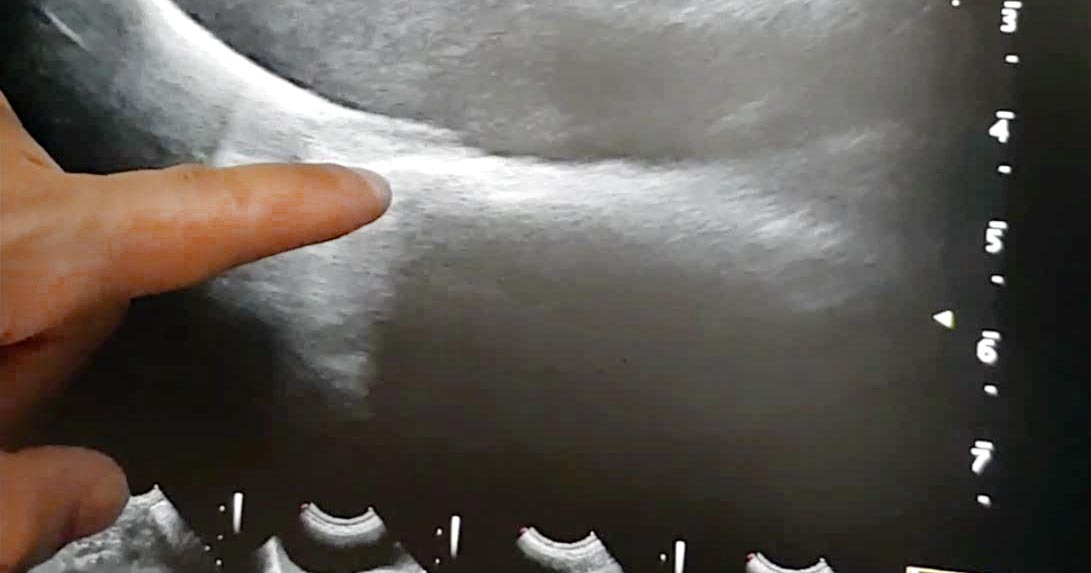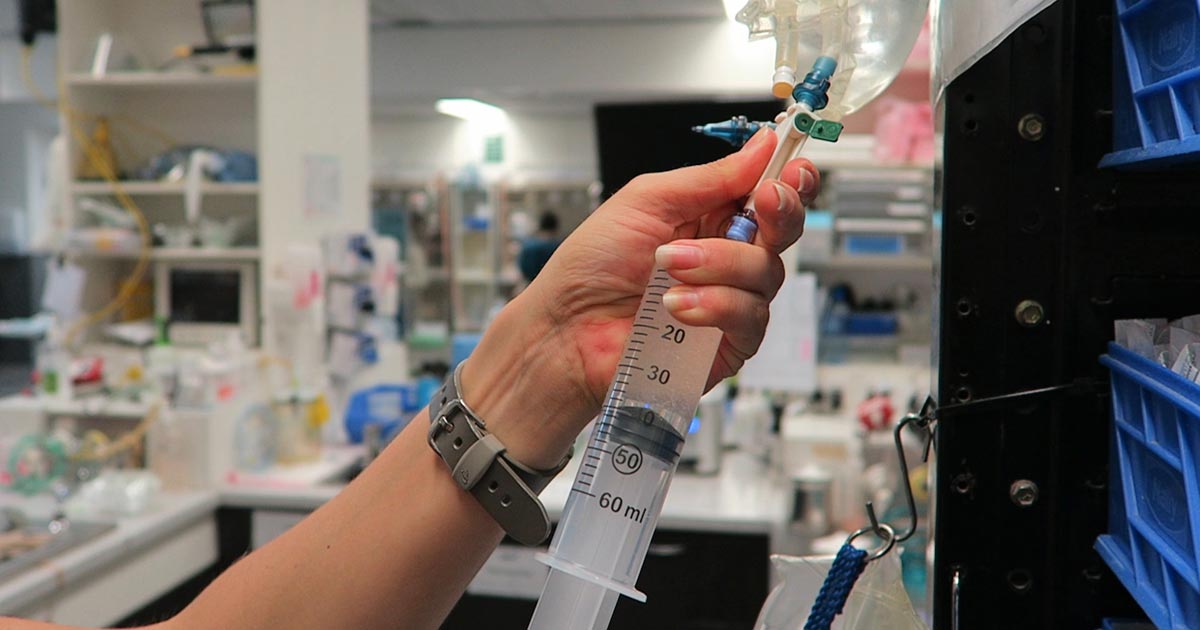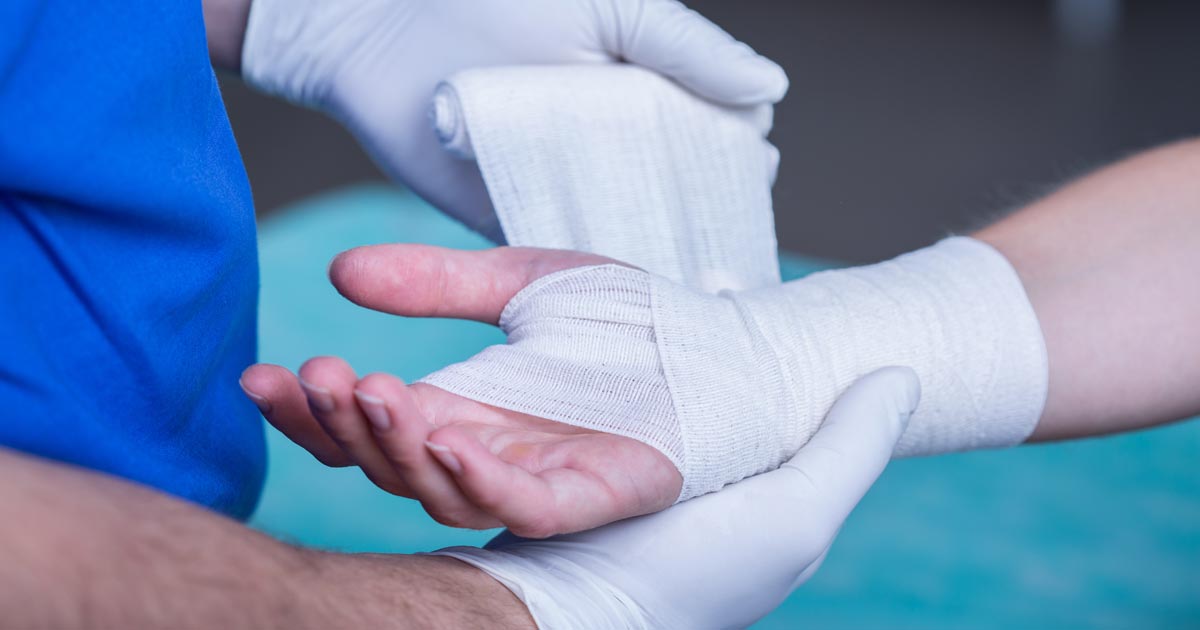Tag: Degree
-

Blood gas analysis, pt 7: evaluating oxygenation and ventilation
—
by
In patients with respiratory compromise, it is important to look at the respiratory components of the blood gas to determine both oxygenation ability and adequacy of ventilation. To assess oxygenation, the partial pressure of arterial oxygen (PaO2) to fraction of inspired oxygen (FiO2) ratio, and alveolar-arterial gradient (A-a gradient) can be used. Conversely, the partial…
-

Using caudal vena cava to guide fluids
—
by
Assessment of the caudal vena cava, via the diaphragmatic hepatic view, is useful for assessing the volume status of a patient. This is particularly helpful for hypotensive patients, to check whether they require more volume or vasopressor agents, or other management. With regards to “more volume”, this could be crystalloids, colloids or blood products, depending…
-

Focus on GDV, part 3: surgery tips
—
by
Following on closely from the first two parts of our February focus on gastric dilatation-volvulus (GDV) – which covered IV fluid resuscitation, pain relief and gastric decompression – we turn to surgery. Here, I offer a few tips to help ensure the procedure runs as smoothly as possible. Abdominal incision Make the abdominal incision large…
-

Focus on GDV, part 1: resuscitation
—
by
Last month we covered a bit of pathophysiology, presenting pathophysiology, presenting clinical signs and the radiographic diagnosis of gastric dilatation-volvulus (GDV). Now we cover the three things you need to do as soon as a suspected case is presented: IV fluid resuscitation decompression of the stomach pain relief Depending on the number of staff you…
-

All hands on deck: GDV diagnosis
—
by
Gastric dilatation-volvulus (GDV) is a true veterinary emergency and while it can be daunting to be presented with a sick dog with suspected GDV, the most important thing to remember is this patient will likely succumb to this condition without your intervention. First, a little pathophysiology: GDV is a broad term that can refer to…
-

Testing times: reliving the exam nightmare
—
by
Remind me why I’m doing this? I swore I’d never put myself through it again. Amid the bittersweet feelings at the end of my veterinary degree – sadness I’d never pass time in quite the same way with many of my fellow students again, nervousness about a suddenly unplanned future (I’d known exactly what I…
-

Occupational hazards
—
by
Before I started vet school, I attended a workshop for aspiring vets where students shared anecdotes about the various occupational ailments they had experienced or witnessed over the years. Despite having to defer the start my veterinary degree due to a horse-related incident, I got through university largely unscathed by veterinary-related disease. I contracted a…
-

An abbreviation too far?
—
by
We love an abbreviation in the veterinary world. CBA, RTA, TTA – just hopefully not all on the same patient, or all at the same time. To laypeople, medical notes must seem like another language. Therefore, it’s no surprise, when said laypeople request access to their records, that these notes rarely hold the answer. So…
-

Tale as old as time…
—
by
Yes! I’m off to Singalonga Beauty and the Beast next week! I need to learn the lyrics, however, so I’m listening while I write this blog. (Whoever said this writing lark was hard work really hasn’t got a clue *cough* – Oh, and despite my excitement, there is a purpose to my Disney-inspired blog, I…
-

Back to school
—
by
This week, I returned to my old school to talk to some A-level students about university life. During the question and answer session, fellow ex-students and I were asked the reasons why we chose our respective universities. We discussed the criteria we considered before coming to our individual conclusions, such as: accommodation city versus rural location…